Introduction to the advantages and disadvantages of washing coffee beans in the process of fermentation
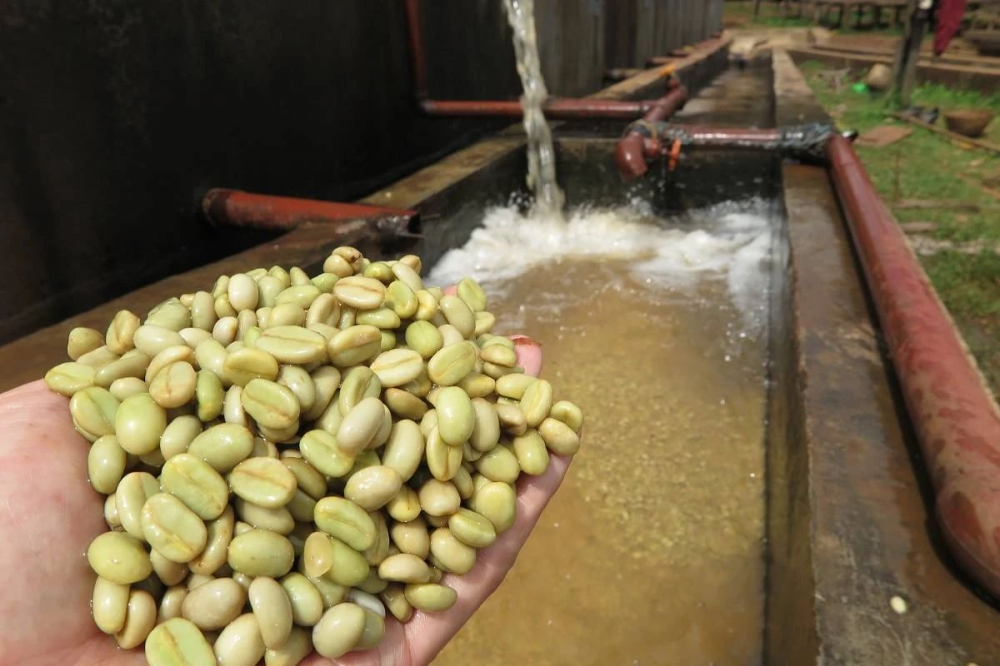
Washing treatment, as the name implies, requires the treatment of water, but really strictly speaking, it is necessary to look at the differences between treatments in terms of the structure of coffee fruits. The traditional washing steps include flotation, removal of pulp, removal of pectin by fermentation, washing or drying after soaking.
In the coffee producing area, after the coffee fruit is picked, it will be sent to the washing plant as soon as possible. After "entering the factory", the coffee fruit can begin to come into contact with the water, and the coffee fruit will be floated in the water. The mature coffee fruit will sink into the water because it grows intact and has enough weight. On the other hand, immature fruits or fruits with insufficient density will float on the water surface, and workers will remove these unqualified defective fruits, which is the first more refined factor of washing treatment than early sun treatment.
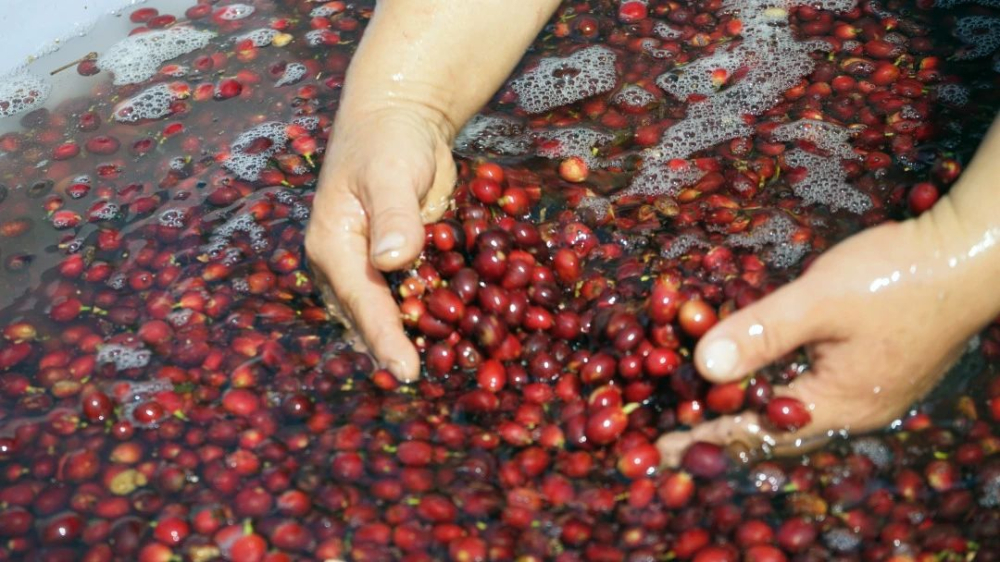
The coffee fruit selected by flotation will be sent to the beater to remove the peel and pulp from the structure of the coffee fruit. At this time, the coffee still retains a sticky pectin layer. How to remove this layer is a key to the washing treatment. In general, washing treatment will choose to use the process of microbial decomposition to remove the pectin layer, that is, "fermentation".
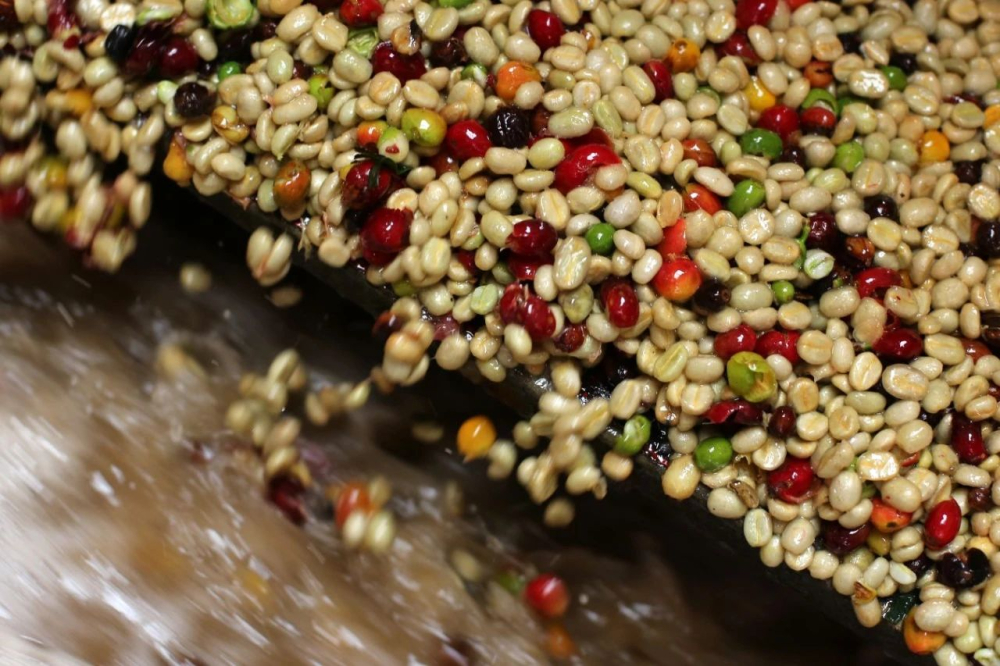
Raw coffee beans with pectin will ferment for 18 to 36 hours, depending on the amount of coffee beans, weather and temperature. At first, workers can rub with their hands to see if there is still sticky pectin on the coffee beans, because the purpose of traditional washing fermentation is to remove pectin, and it is not expected to improve the taste of coffee in pursuit of fermentation products.
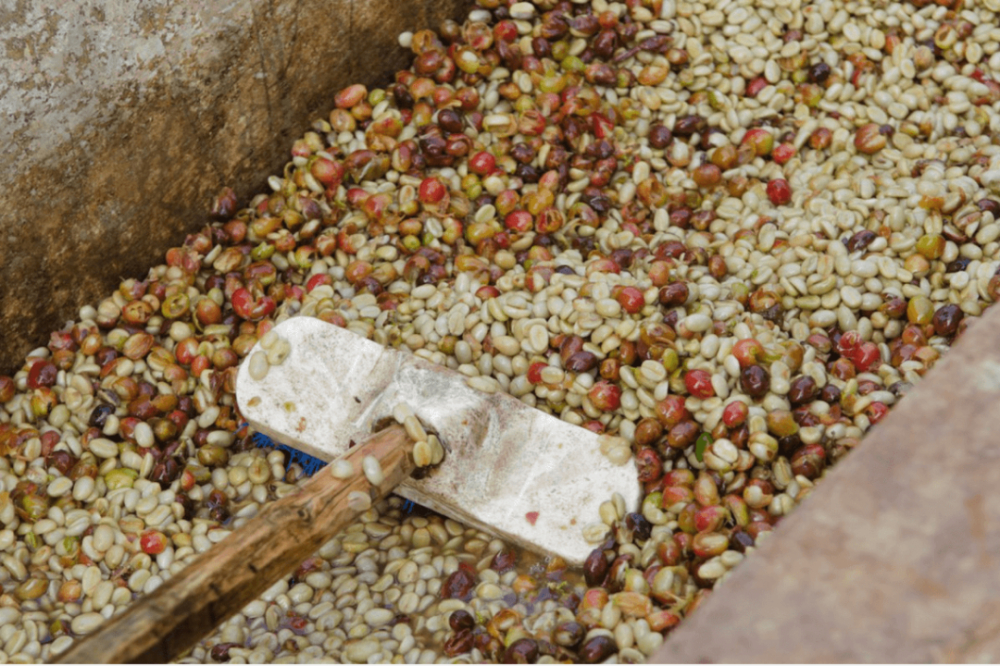
After fermentation, the coffee beans will be washed with clean water, and the decomposed pectin will be washed off and then sent to the drying place for drying. The drying time in the sun is about two weeks. Compared with the sun and other treatments, the advantage of washing treatment is that it removes most of the fruit structure, so the water content itself is low, so the drying time can be greatly reduced. This can reduce the risk of defective taste during drying, which is one of the reasons why washing treatment is cleaner in flavor than sun treatment. The dried coffee beans will be stored in the warehouse in the state of parchment, and the parchment will not be shaved off until the goods are shipped.
The producing area where the water washing method is used must build a washing pool and be able to introduce an endless supply of running water, resulting in higher production costs. During the treatment, put the mellow beans into the pool and pass them back and forth, using the friction of the beans and the power of running water to wash the coffee beans until smooth and clean. Impurities and defective beans are removed in each step, so the quality of raw beans is more uniform, and the final transaction price is higher than that of natural drying coffee.
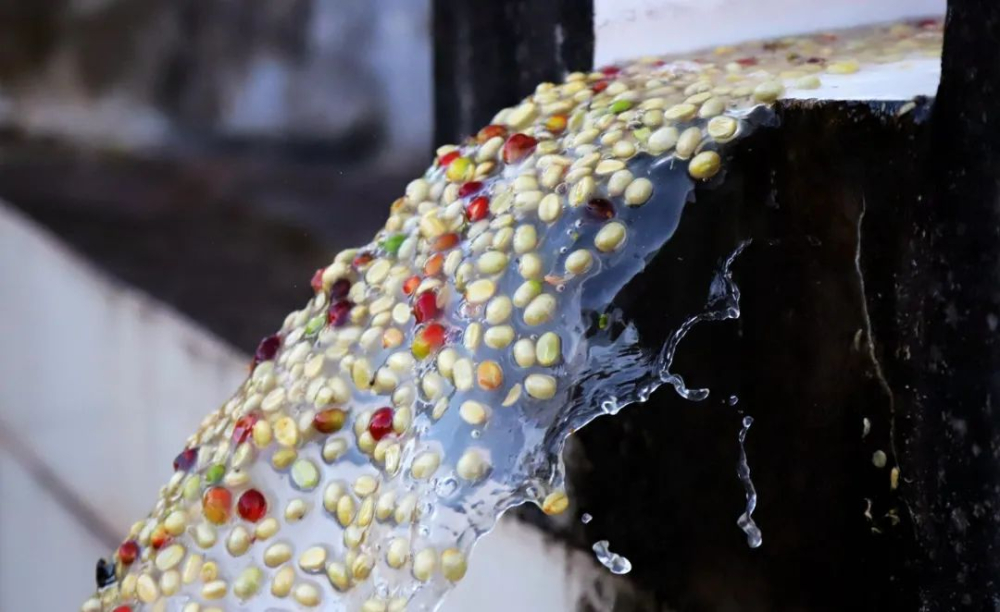
The step of washing not only greatly reduces the defect rate of coffee beans and stabilizes the quality of raw beans, but also retains the flavor of beans, with higher cleanliness, and can show the flavor of the producing area. Therefore, in the series of rations and beans launched in Qianjie, most of them use natural washing treatment, hoping to let you taste the taste spectrum of the original area.
Qianjie launched a selection of seven classic producing areas of rations beans, covering a number of representative producing areas, varieties and natural treatments. including Ethiopia's water-washed Yega Xuefei, Guatemala's water-washed Vitnan fruit, Colombia's water-washed Whelan, Brazil's half-sun Sheilado, Costa Rica's water-washed Tara beads, Indonesia's wet planer Lin Dong Mantini, China's Yunnan water-washed mountain protection. So that everyone can taste the flavor and tonality of the producing area at an affordable price, so as to confirm their own coffee preference, which is a very cost-effective coffee series in Qianjie.
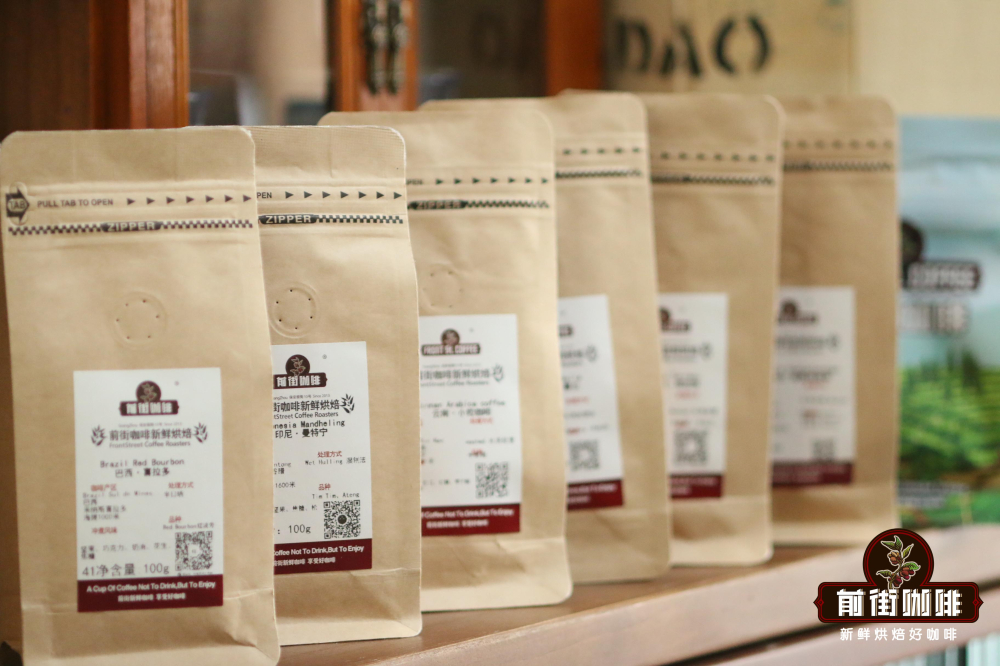
Professional coffee knowledge exchange more coffee bean information please follow the coffee workshop (Wechat official account cafe_style)
For more boutique coffee beans, please add private Qianjie coffee on Wechat. WeChat account: qjcoffeex
Important Notice :
前街咖啡 FrontStreet Coffee has moved to new addredd:
FrontStreet Coffee Address: 315,Donghua East Road,GuangZhou
Tel:020 38364473
- Prev
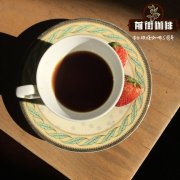
Sunlight treatment process introduction Sunlight flavor introduction
Professional coffee knowledge exchange More coffee bean information Please pay attention to coffee workshop (Weixin Official Accounts cafe_style) Peruvian coffee has been used as one of the mixed beans for comprehensive coffee stability, which is relatively low-key in the coffee world. However, as more and more people like the mellow taste of Peruvian coffee, Peruvian coffee has rapidly emerged in the international market in recent years and has repeatedly won international coffee awards.
- Next

Introduction of washing method introduction of flavor of washing method
Professional coffee knowledge exchange more coffee bean information please follow the coffee workshop (Wechat official account cafe_style) Secret Coffee Coffee has always been used as one of the mellow mixed beans, which is lower than "low" in the coffee industry. However, as more and more people like the mellow taste of secret coffee, secret coffee has sprung up rapidly in the domestic market in recent years.
Related
- Beginners will see the "Coffee pull flower" guide!
- What is the difference between ice blog purified milk and ordinary milk coffee?
- Why is the Philippines the largest producer of crops in Liberia?
- For coffee extraction, should the fine powder be retained?
- How does extracted espresso fill pressed powder? How much strength does it take to press the powder?
- How to make jasmine cold extract coffee? Is the jasmine + latte good?
- Will this little toy really make the coffee taste better? How does Lily Drip affect coffee extraction?
- Will the action of slapping the filter cup also affect coffee extraction?
- What's the difference between powder-to-water ratio and powder-to-liquid ratio?
- What is the Ethiopian local species? What does it have to do with Heirloom native species?

